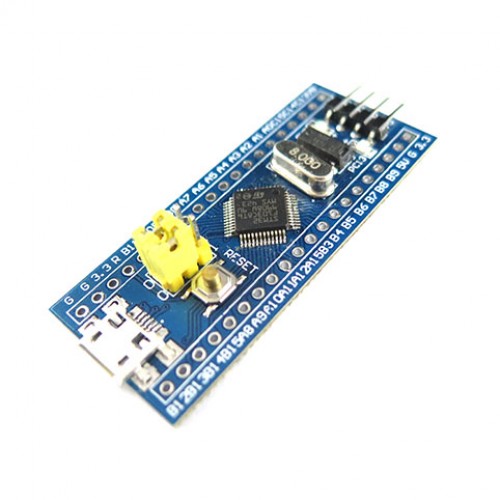In case of a VLF detector, if I oversample the RX signal with a sampling frequency of exactly four times the transmit frequency I should get a nice I and Q signal, because the time between two samples would be 90 degrees apart, correct?
in this case I could only masure the relative change in amplitude and phase of the RX signal and not relative to the TX signal. would this still work?
in this case I could only masure the relative change in amplitude and phase of the RX signal and not relative to the TX signal. would this still work?






Comment